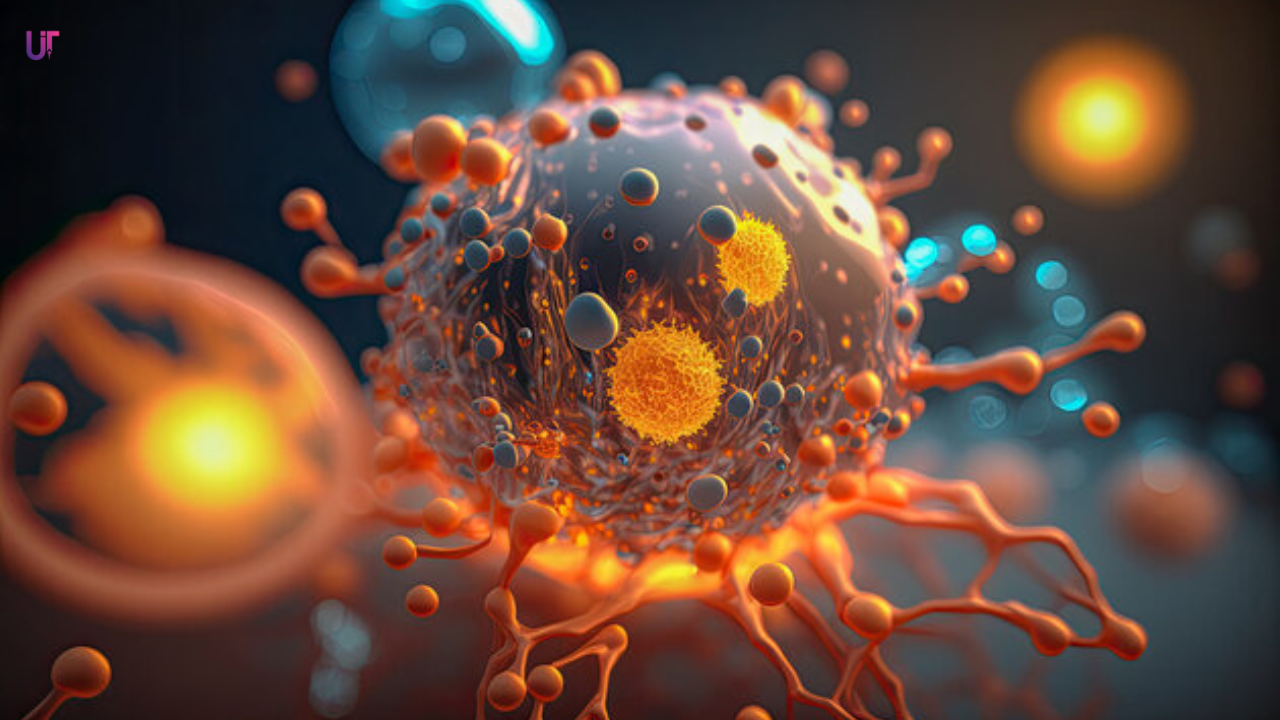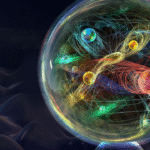When you spin blood in a centrifuge, it separates into three layers:
- Plasma (the top, straw-colored fluid)
- Buffy coat (white blood cells + platelets)
- Red blood cells (at the bottom)
Plasma makes up 55% of total blood volume, and it’s about 90% water. The rest (around 7–8%) is made of plasma proteins, which play vital roles in maintaining life and balance in the body.
Let’s break them down — clearly, deeply, and simply.
What Are Plasma Proteins?
Plasma proteins are large organic molecules found in the plasma part of the blood. They are mainly synthesized by:
- The liver (majority)
- The plasma cells (lymphocytes) — especially immunoglobulins
These proteins are too large to leave the bloodstream easily, which is why they help maintain osmotic pressure and perform many vital functions.
Major Classes of Plasma Proteins
There are three main types:
🧬 a. Albumin
- Most abundant plasma protein (~60% of total plasma proteins).
- Made in the liver.
- Molecular weight: ~69,000 Da.
Functions:
- Maintains colloid osmotic (oncotic) pressure — prevents fluid from leaking out of blood vessels.
- Transports substances: free fatty acids, bilirubin, calcium, hormones, and drugs.
- Acts as a buffer to help stabilize blood pH.
- Serves as a protein reserve — broken down in malnutrition to supply amino acids.
💡 Clinical note: Low albumin = hypoalbuminemia, leading to edema (swelling) due to loss of osmotic balance.
🧬 b. Globulins
Globulins are a group of diverse proteins with immune and transport roles. They are divided into:
- α1 and α2 globulins
- β globulins
- γ globulins (immunoglobulins)
Functions:
- α and β globulins: transport lipids, metals (iron, copper), and fat-soluble vitamins.
- γ globulins: act as antibodies (IgG, IgA, IgM, IgE, IgD) that defend against pathogens.
💡 Clinical note: Increased γ-globulins are seen in chronic infections or immune responses; decreased levels in immunodeficiency.
🧬 c. Fibrinogen
- Makes up about 4% of total plasma proteins.
- Synthesized by the liver.
- Converted to fibrin during blood clotting.
Functions:
- Essential for blood coagulation.
- Helps maintain blood viscosity.
💡 Clinical note: Low fibrinogen = bleeding disorders or delayed clotting.
Minor Plasma Proteins
Other proteins present in smaller amounts include:
- Complement proteins (C1–C9): part of immune defense.
- Lipoproteins: transport cholesterol and triglycerides.
- Enzymes: like alkaline phosphatase, transaminases (diagnostic markers).
- Hormone-binding proteins: carry thyroid, steroid, and sex hormones.
Functions of Plasma Proteins
| Function | Main Protein(s) | Example / Explanation |
|---|---|---|
| Osmotic pressure | Albumin | Keeps water inside capillaries |
| Transport | Albumin, Globulins | Carry hormones, lipids, ions |
| Immunity | γ-globulins | Antibodies protect against infection |
| Clotting | Fibrinogen | Converts to fibrin to form clots |
| Buffering | Albumin | Maintains blood pH |
| Viscosity | Fibrinogen, Globulins | Affects blood flow and circulation |
Biochemical Note: Plasma vs. Serum
- Plasma: obtained from anticoagulated blood (contains fibrinogen).
- Serum: obtained after clotting (fibrinogen removed).
💡 So, plasma = serum + fibrinogen.
Clinical Relevance
- Liver disease: ↓ albumin, ↓ clotting factors.
- Kidney disease (nephrotic syndrome): albumin lost in urine → edema.
- Malnutrition: ↓ plasma protein synthesis → swelling, poor healing.
- Multiple myeloma: abnormal γ-globulin peaks on electrophoresis.
Quick Recap
- Plasma proteins = Albumin, Globulins, Fibrinogen.
- They maintain osmotic pressure, transport substances, help clotting, and provide immunity.
- Liver is the main site of synthesis (except antibodies).
- Low plasma proteins → edema, poor immunity, bleeding issues.



Pingback: Inflammation Explained | Utopedia Simplified Physiology
Pingback: Ultrafiltration — A simplified Concept » The Learning Hub
Pingback: RAAS Explained: The Body’s Blood Pressure System - Utopedia